
Some birding locations are great to visit because they are new and exciting to explore, with all the possibilities of seeing new birds that goes with that. Other locations are great to visit because they are familiar, always have lots of birds to see, even if they are quite predictable but are just a place that we enjoy. For me Shellness, on the Isle of Sheppey, falls into that latter category, it is a place I have visited very many times since I was a youngster, particularly over the last few years and it is a location that always brings me a high level of solitude and no matter what the time of the year, there are always a lot of birds to see. So, while spending a few weeks in Britain I made a visit to Shellness on a pleasant, sunny day with time enough to spend just sitting on the beach and waiting for birds to arrive as the tide came in.
Shellness is a lonely beach which is partly protected as a nature reserve and although wader flocks are normally thought of as an autumn and winter thing, there are enough locally breeding birds and early returning birds that there are good numbers here at all times of the year. The protected part of this beach is where a big flock of Oystercatchers spend high tide roosting and they are usually joined by a good spread of other species too and my visit in early August 2022 was no exception.
However, as soon as I got to the beach I was a little surprised to be greeted by a Wheatear which, as is typical for this bird on migration, was using man-made structures to perch upon and from which to launch feeding forays. While I frequently see this species at this location, it seemed that early August was rather early to see it; maybe I am not up to date on migration dates for birds such as this but I don’t remember seeing one this early before.
The tide was as far out as it goes so I took a walk along the beach, just enjoying the atmosphere and sunny weather when another surprise revealed itself. I heard the unmistakeable call of a Green Woodpecker but a beach is hardly the place one expects to see such a bird. Much to my surprise I quickly spotted the origin of this call coming from a juvenile Green Woodpecker perched on top of a groyne support; the wooden structures that reduce longshore drift and trap sediment. Quite a strange situation in which to see this species. I took advantage of its proximity to take some photographs and also enjoyed watching it jumping around on the beach at times before it flew off down the beach. Amazingly when I took a close look at the photographs I noticed that the woodpecker had been feeding while perched on the groyne support, presumably on the collection of sand flies and other invetebrates that gather around seaweed-encrusted posts like this.
This interesting observation then led to a period of waiting for the tide to turn, in which period I had lunch and picked up some pieces of plastic from the beach. Remarkably there was a very low amount of plastic on the beach, which was nice to see, but I did take away a large pocketful of small plastic items of the sort that often gets swallowed by marine creatures.
When the tide did turn, the excitement began. I have been here so many times that I know exactly where to stand to get the best views of birds as they fly towards their high tide roost after feeding on the receding mudflats. Oystercatchers are the most numerous bird and I love it when they fly by in squadrons and amass further along the beach. I have so many photos of them but cannot resist taking more.
Small numbers of Common Ringed Plovers breed in the area so these birds are always present too and as the tide came in some of them were pushed quite close to where I was sitting. One of them was wearing a metal ring although my photographs do not reveal the number printed upon it.
Watch the Ringed Plovers at Shellness in action in this video.
Gulls, of course, are a group of birds that are ever present around the British coast and the usual collection of Black-headed Gull, Herring Gull, Common Gull and Lesser Black-backed Gulls were present along with one first year Great Black-backed Gull. However, I am always on the lookout for the very smart Mediterranean Gull and I was not to be disappointed with juveniles and adults to be seen, although I did not get close enough to the juveniles for a decent photo.
I like the snowy white wings these gulls display in strong sunlight like this and it makes them quite easy to pick out in a flying flock even with the naked eye.
The raucous call of Sandwich Terns took my attention but I have taken so many photos of them here in the past that I was able to resist the temptation, particularly as the tide was pushing a group of small waders towards me. Watching where they were feeding I got within a sensible distance of them and sat down on a stony patch, hoping they would come closer. I guessed the right spot and was treated to some nice views of a couple of early returning Sanderling.
I always enjoy seeing these busy little birds whether they are in their white winter plumage, rusty breeding plumage or somewhere in between like these birds.
Ruddy Turnstones can usually be enjoyed at close range here too and this visit provided the goods as usual. This is another busy bird that I always have fun watching and as they are frequently tamer than many other species it isn’t hard to see them turning stones, seaweed and other items as they forage for invertebrates on the beach. They always pose nicely for photos too!
Getting a bit absorbed with the whole being close to waders thing I decided to lay flat on my stomach and see how close birds would really come and was amazed to get a few Dunlin just a few feet away. So close, in fact, that I had to zoom my camera lens out to fit them in. However, I suddenly realized that the reason they were so close was that the water was all around us and I was quickly becoming submerged by the tide, so I made my escape leaving the water’s edge to these smart birds.
I have been lucky enough to travel to Sri Lanka, Vietnam and Oman over the last six months and it was great to go to these countries and see new birds but I can honestly say that spending a day on the beach at Shellness and just observing the familiar at close range was as good a day of birding that I have had all year. Over 100 Black-tailed Godwits passing by as the tide came in was just another sighting to reinforce that.
The godwits were quite spectacular as they folded their wings and rapidly descended to the beach to join the gathering of birds that by the time the tide was fully in, numbered over 1000 individuals. Eurasian Curlews, Common Tern, Whimbrel and Common Redshank also joined the throng before I decided that it was time to leave but as the saying goes “I’ll be back”.
For readers who are fans of wading birds I have designed this t-shirt that features nine shorebirds species that breed in Britain:
- Pied Avocet
- Little Ringed Plover
- Eurasian Woodcock
- Dotterel
- Eurasian Oystercatcher
- Golden Plover
- Common Ringed Plover
- Stone Curlew
- Northern Lapwing
For those who are lovers of shorebirds check out this interesting book – Shorebirds: An Identification Guide to the Waders of the World. It is a great book on this group of birds and there are usually a few copies available for a low price.


 August 12th, 2022
August 12th, 2022  Nick
Nick 
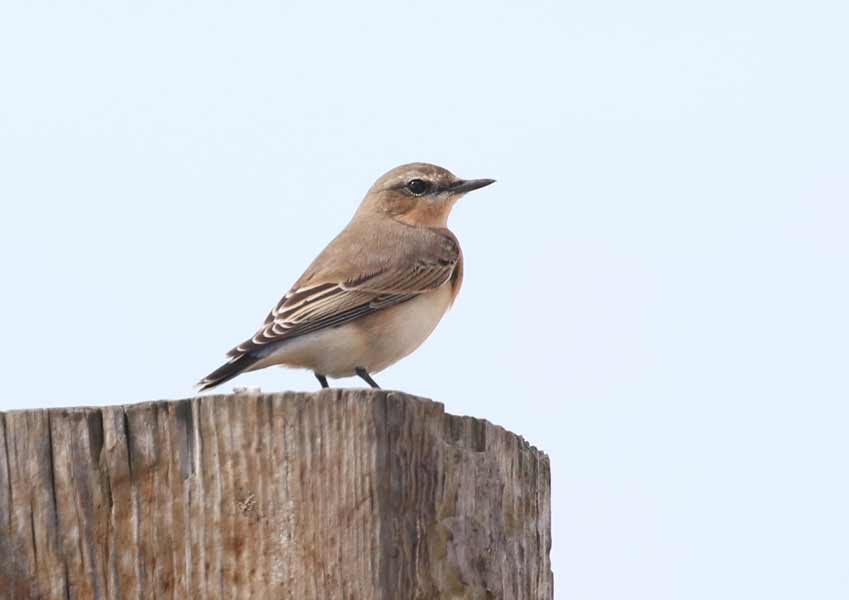
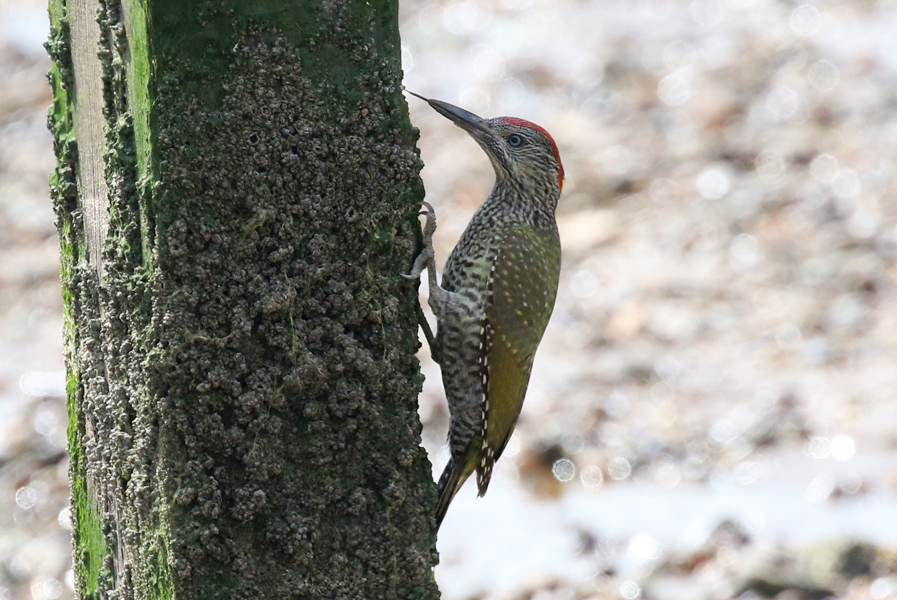
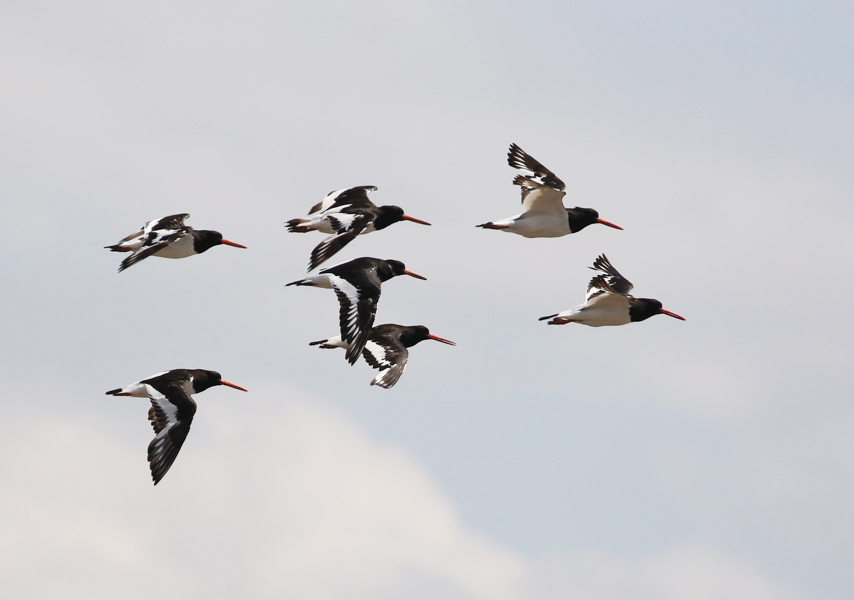
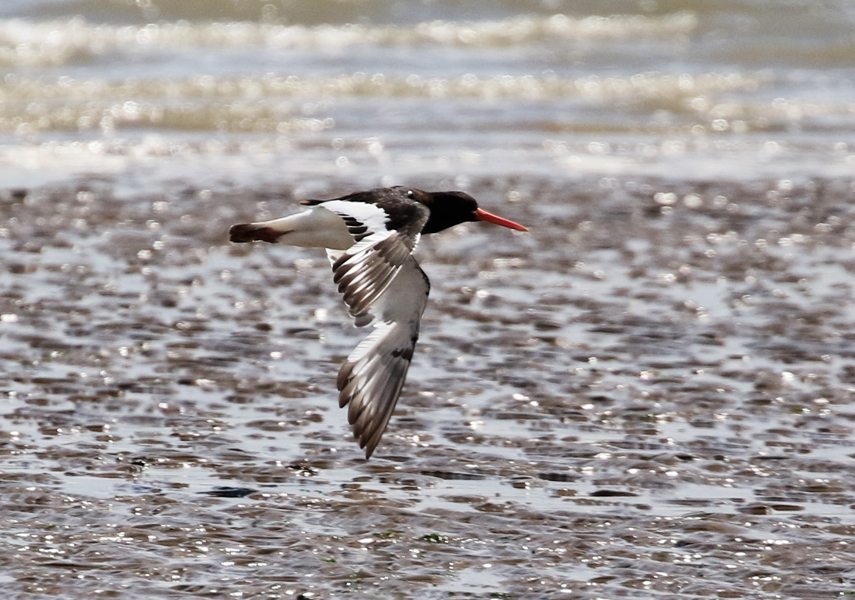
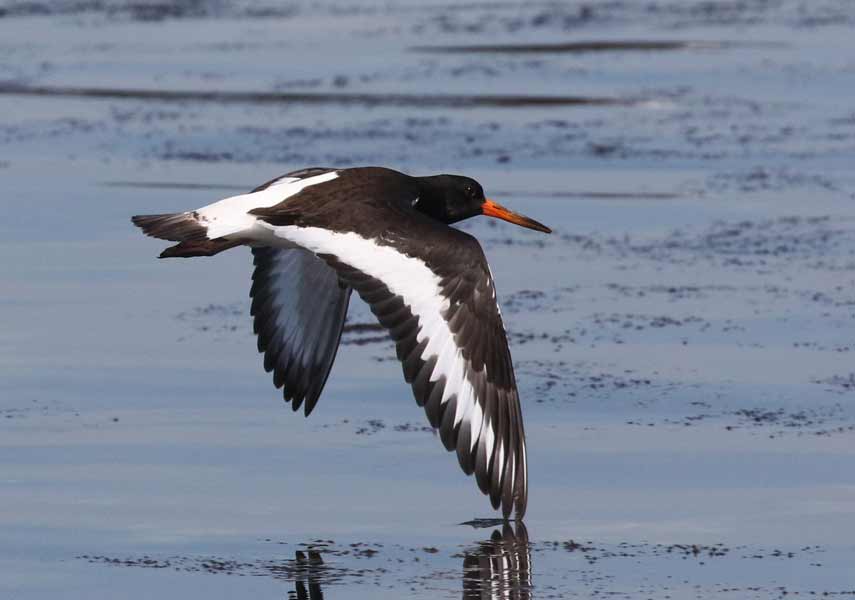
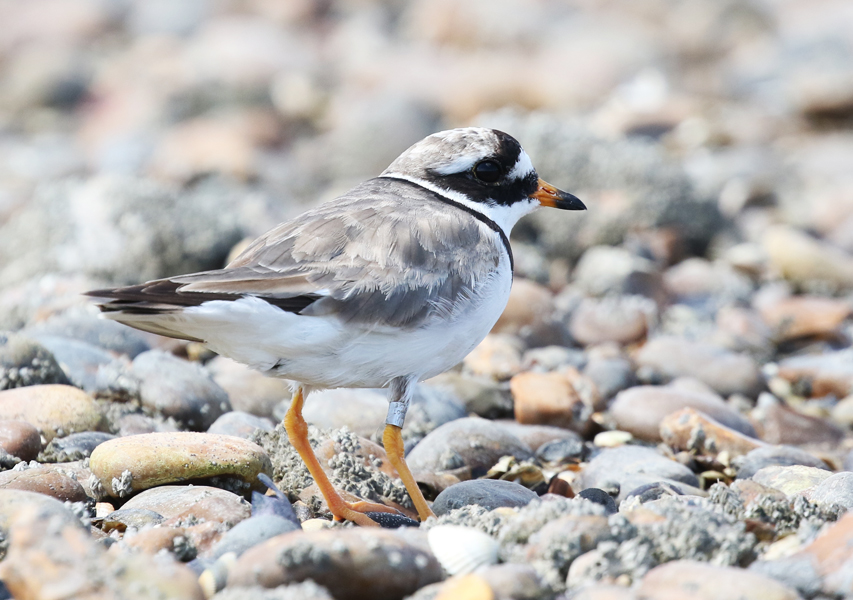
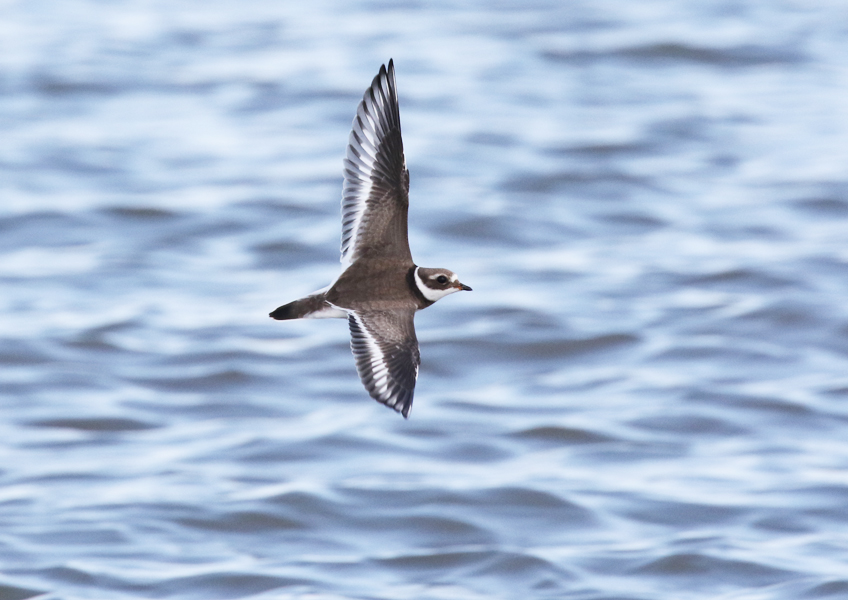
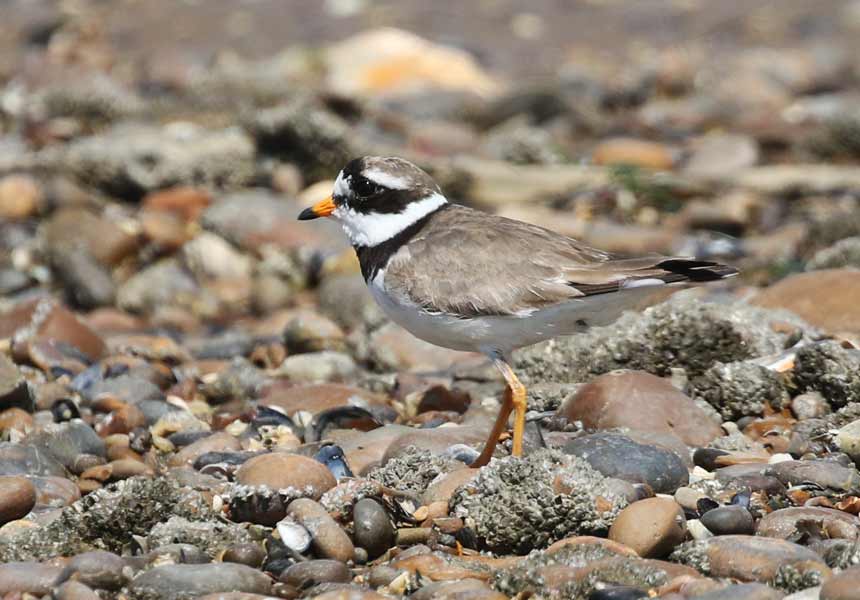
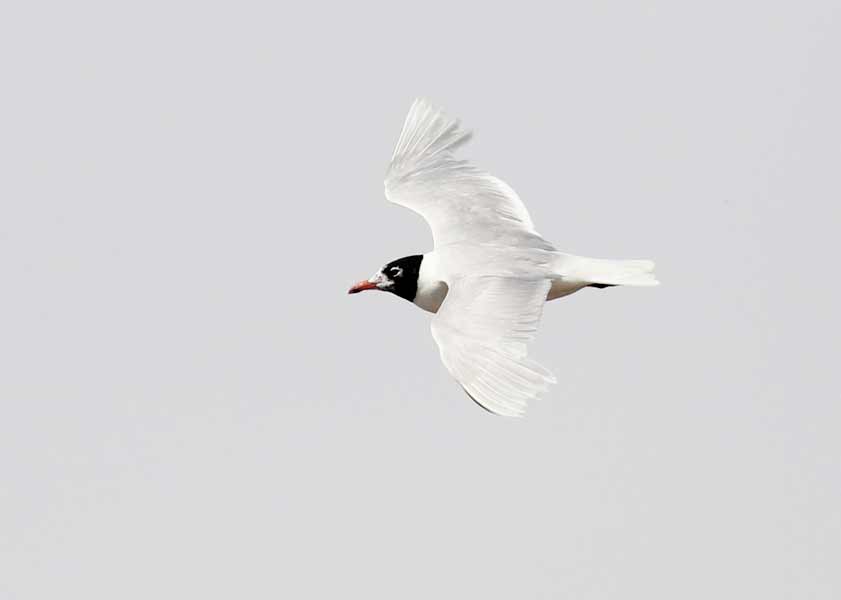
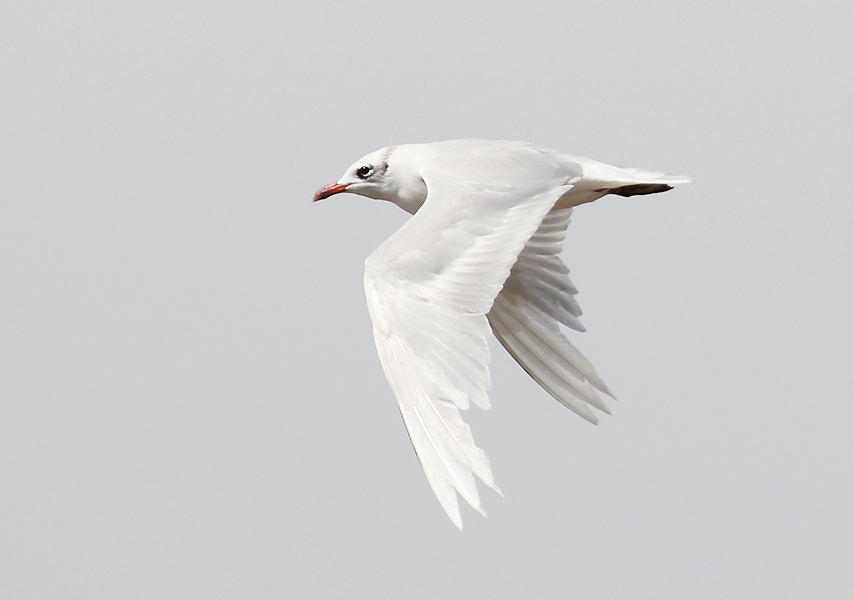
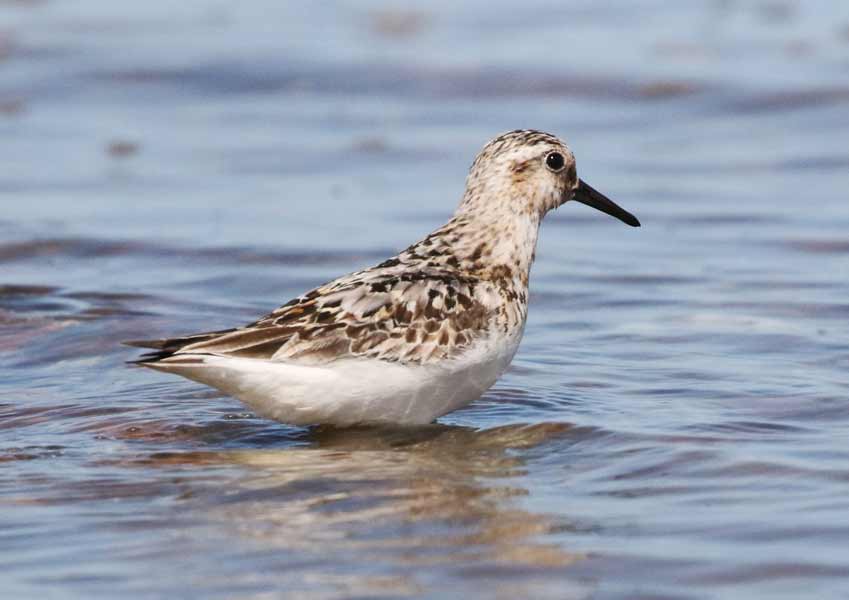

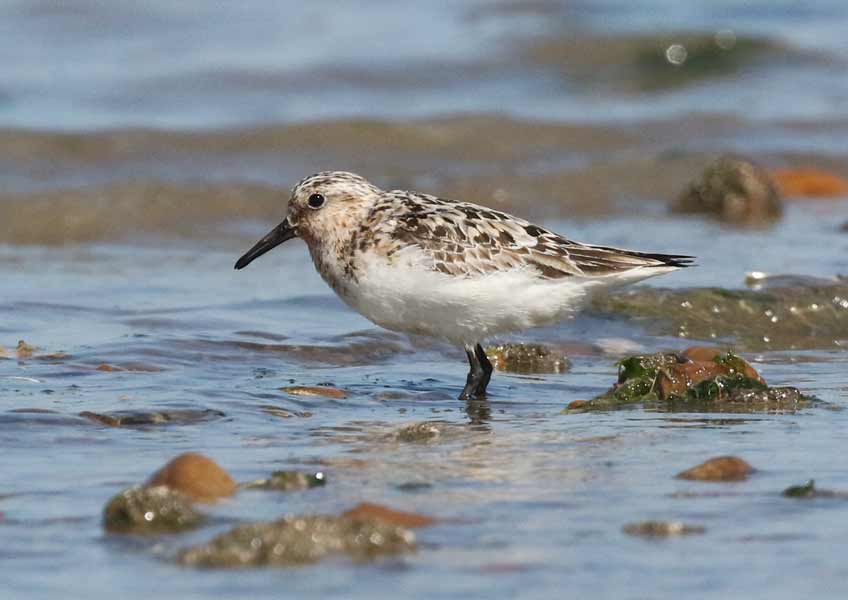
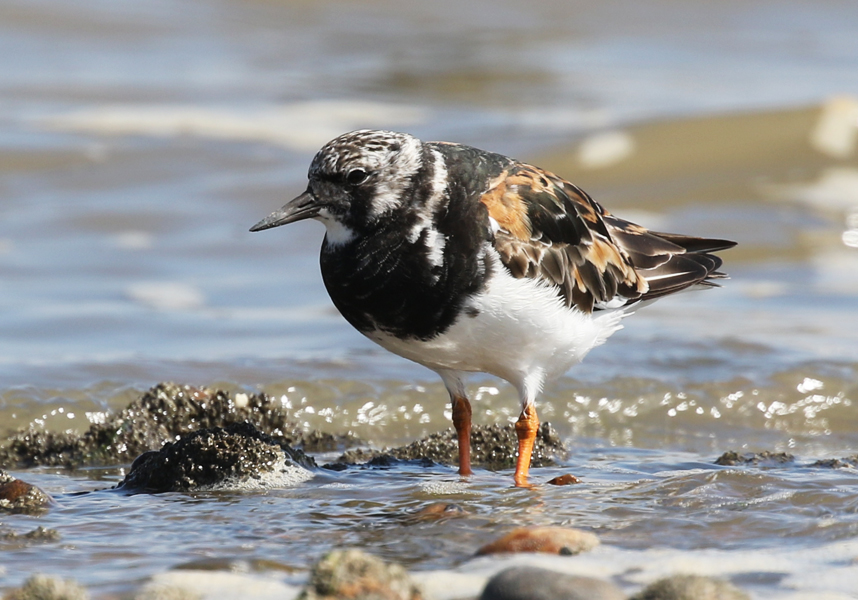
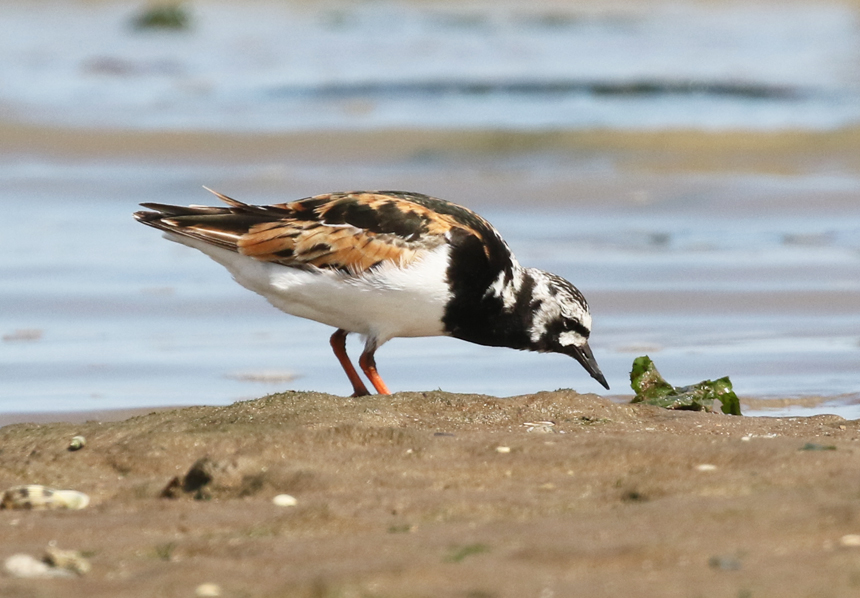

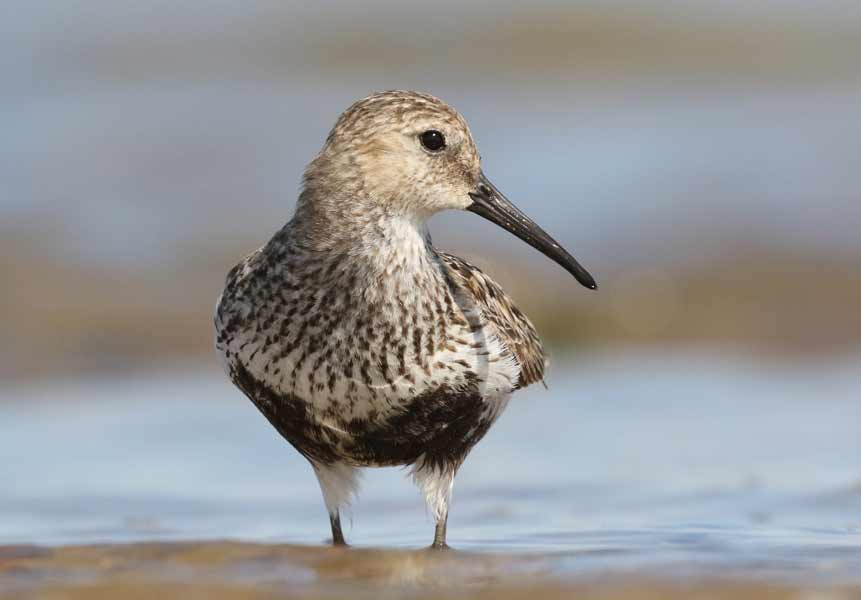
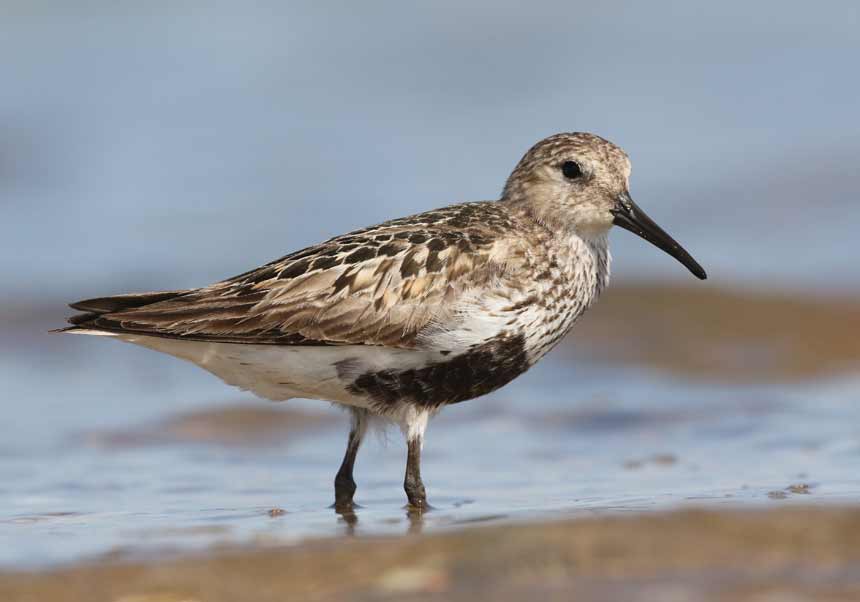

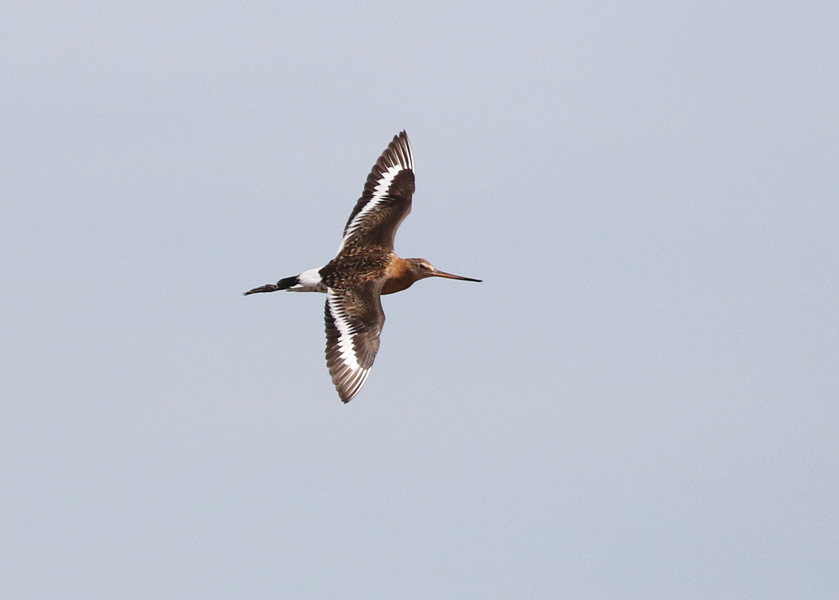
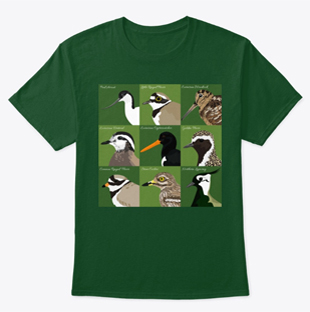
 Posted in
Posted in  Tags:
Tags: 











It is a delight to read this report about a place I always wanted to visit, and hope to if I can ever afford to go back to England. Thank you for posting all the info. I met you briefly on Doi Inthanon some years back, and hope I thanked you then for all you had posted about different birding sites in Thailand. My interest in the bird world goes back 67 years when our primary school nature teacher took our class on bird walks in the Nottinghamshire area. Seeing that my best friend and I were interested, he took the two of us to see Peter Scot giving an illustrated talk in the city hall about his Gloucestershire reserve. We were introduced, and when we asked for the great man’s autograph, he produced a sketch pad that had original water color sketches of two Mandarin duck in flight, and signed each page. It was an emotional moment. I got to see his reserve years later, but Peter Scot had passed on. At the age of ten, my pal and I went on bird walks together. We had no binoculars but were delighted to spot a Purple Sandpiper on Nottingham sewage farm. Our teacher confirmed that, but told us not to hang around there because of the foul air!
I left England in 1966, and travelled around Europe, the Middle East, and India, but had little money, and no binoculars, which I regretted when seeing birds off the Norwegian Coast, in the Himalayas, and boating through the huge bird reserve near Agra in India – place set up for the rich Brits during the Raj. But it wasn’t until I found myself in a well paid job in Japan that I could afford binoculars, and a telephoto lens to help ID the wide range of new birds. South of Nagoya, there were wetlands I was able to see all the shore birds you list in your Sheppey report, and at one point, in wellingtons, trying to photograph hungry Phalarope, I had Spoonbill Sandpipers running around at my feet. Sadly, that whole area was soon filled in, fenced off, and replaced by a huge oil refinery. And there has been a similar ending for nearly all tidal estuaries in Japan. So much for the Japanese love of nature.
But here I am in Chiang Mai now dependent on affordable hospital care, and thankful for your excellent field trip notes. So, thank you again!
Hi John.
Thanks for that really interesting comment. The first half was a really nice story and makes me remember that yesterday was the funeral of my old French teacher, Mr Graham Nicholls, who was an inspiration to me and many others as young teenagers with our birding trips after school.
The second half of your comment has some sad themes, particularly the destruction of that estuary. I am lucky to be able to travel to lots of great birding locations around the world but Shellness is somewhere I always appreciate every time I am back in UK. On this visit I was on the beach for many hours, and only a very few people came by; just me and the birds, it’s lovely. I found some similar lonely beaches recently in Oman where I was the only person around, alongside lots of Sooty Gulls, terns, egrets and even Persian Shearwater. I love those lonely beaches.